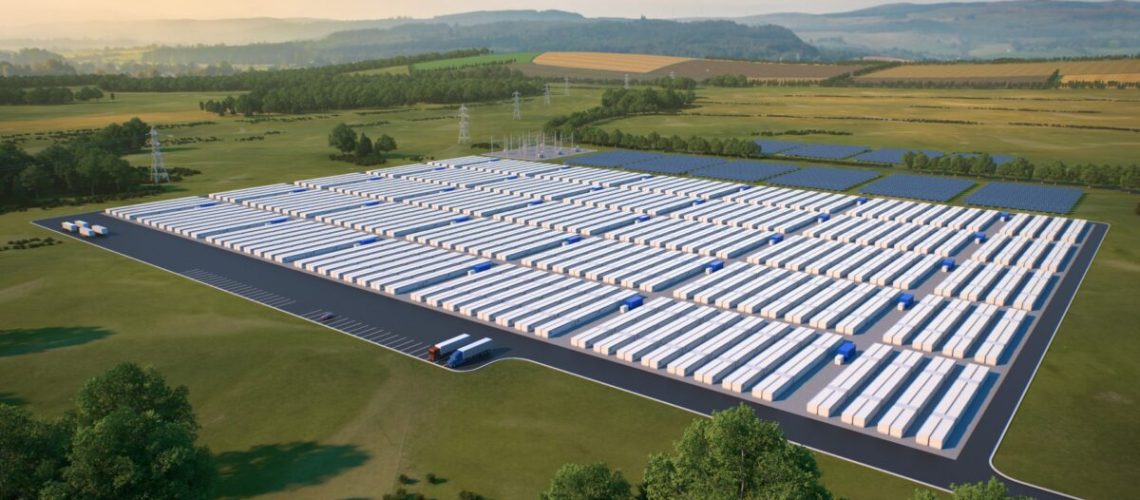The California Energy Commission awarded a contract to deploy a 5 MW / 500 MWh energy storage project in Mendocino County.
Form Energy, developer of grid-scale multi-day iron-air batteries, has received a $30 million award from the California Energy Commission (CEC) to develop an energy storage project in Mendocino County, California. The award was issued via its Long Duration Energy Storage funding program.
The company’s iron-air batteries can continuously discharge electricity for 100-hour durations. Such long duration energy storage installations are desired for their ability to convert intermittent renewable generation like solar and wind into firm, dispatchable baseload power.
“This project will enhance our ability to harness excess renewables during nonpeak hours for use during peak demand, especially as we work toward a goal of 100 percent clean electricity,” said David Hochschild, CEC chair.
CEC commissioned Form Energy to develop a 5 MW / 500 MWh battery. The project is expected to begin operations by the end of 2025. California regulators estimate more than 48 GW of battery storage and 4 GW of long-duration storage will be needed to meet the goal of 100% clean electricity by 2045.
The iron-air battery is composed of cells filled with thousands of iron pellets that are exposed to air, creating rust. The oxygen is then removed, reverting the rust to iron. Controlling this process allows the battery to be charged and discharged.
The technology is less energy-dense than its lithium-ion counterparts, making it a better fit for large grid-scale applications. This may come as an advantage for the company, as EV batteries are in competition for lithium, a metal with geo-political mining concerns and battery fire risks.
The product is touted for its cost benefits, delivering capacity at an approximate $20/kWh – a stark contrast to the $176/kWh of a conventional 6-hour lithium-ion solution. It’s worth noting that although Form Energy’s product does greatly increase system efficiency, its round-trip efficiency is under 50%, in contrast to lithium-ion’s 85%.
Form Energy said an individual battery module is about the size of a side-by-side washer/dryer set and contains a stack of approximately 50 one-meter-tall cells. The cells include iron and air electrodes, the parts of the battery that enable the electrochemical reactions to store and discharge electricity. Each of these cells are filled with water-based, non-flammable electrolyte, like the electrolyte used in AA batteries.
These battery modules are grouped together in environmentally protected enclosures. Hundreds of these enclosures are grouped together in modular megawatt-scale power blocks. Depending on the system size, tens to hundreds of these power blocks can be connected to the electricity grid. For scale, in its least dense configuration, a one-megawatt system comprises half an acre of land. Higher density configurations would achieve > 3 MW/acre.
“Form was founded with a unified mission to develop a multi-day energy storage battery that would unlock the power of extremely low-cost renewable energy to transform the electric grid,” said Mateo Jaramillo, co-founder and chief executive officer of Form Energy.
CEC also issued $31 million for a 60 MW renewable backup power microgrid in San Diego County and $32 million for a 20 MW microgrid project in Tehama County as part of its Long Duration Energy Storage program.



